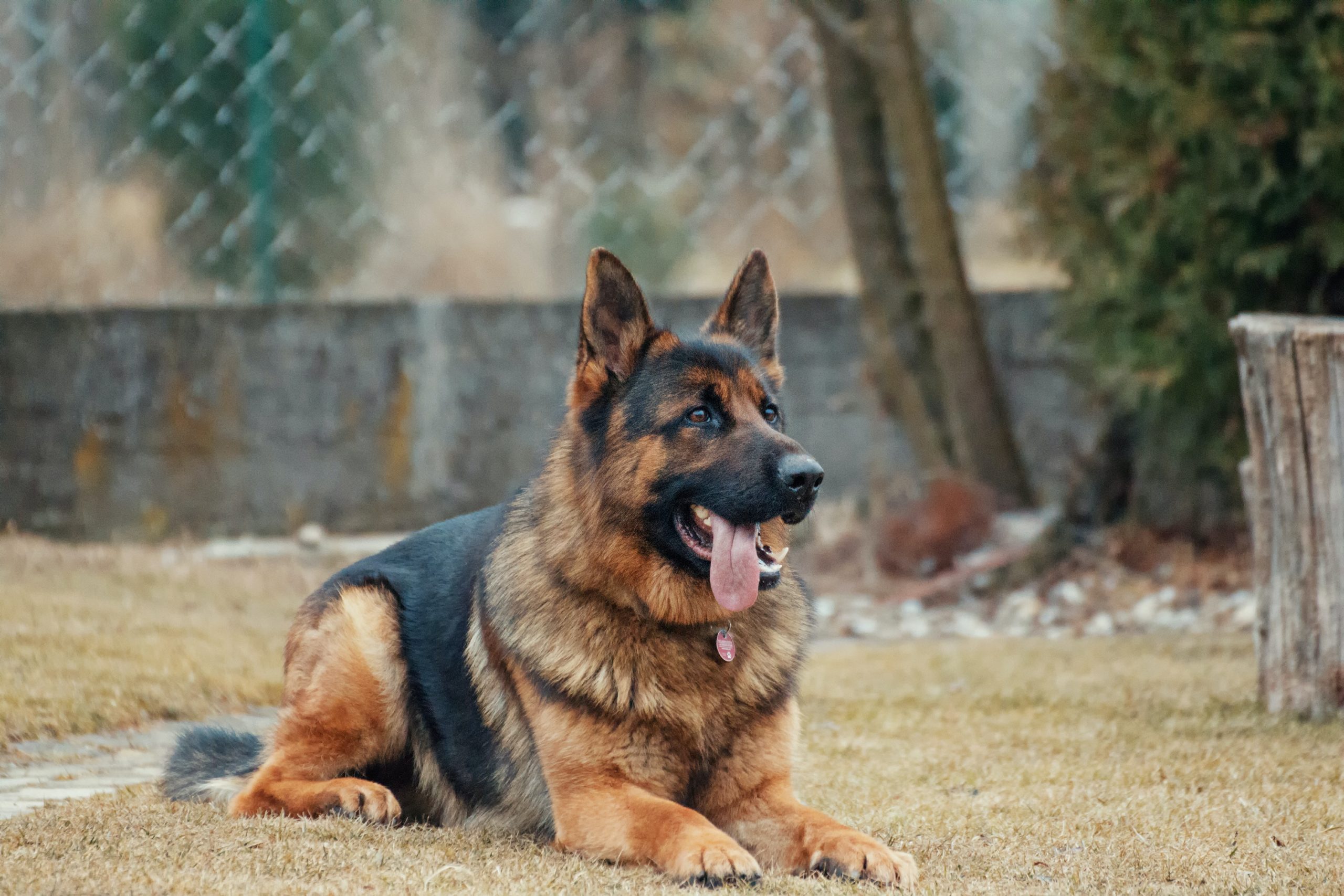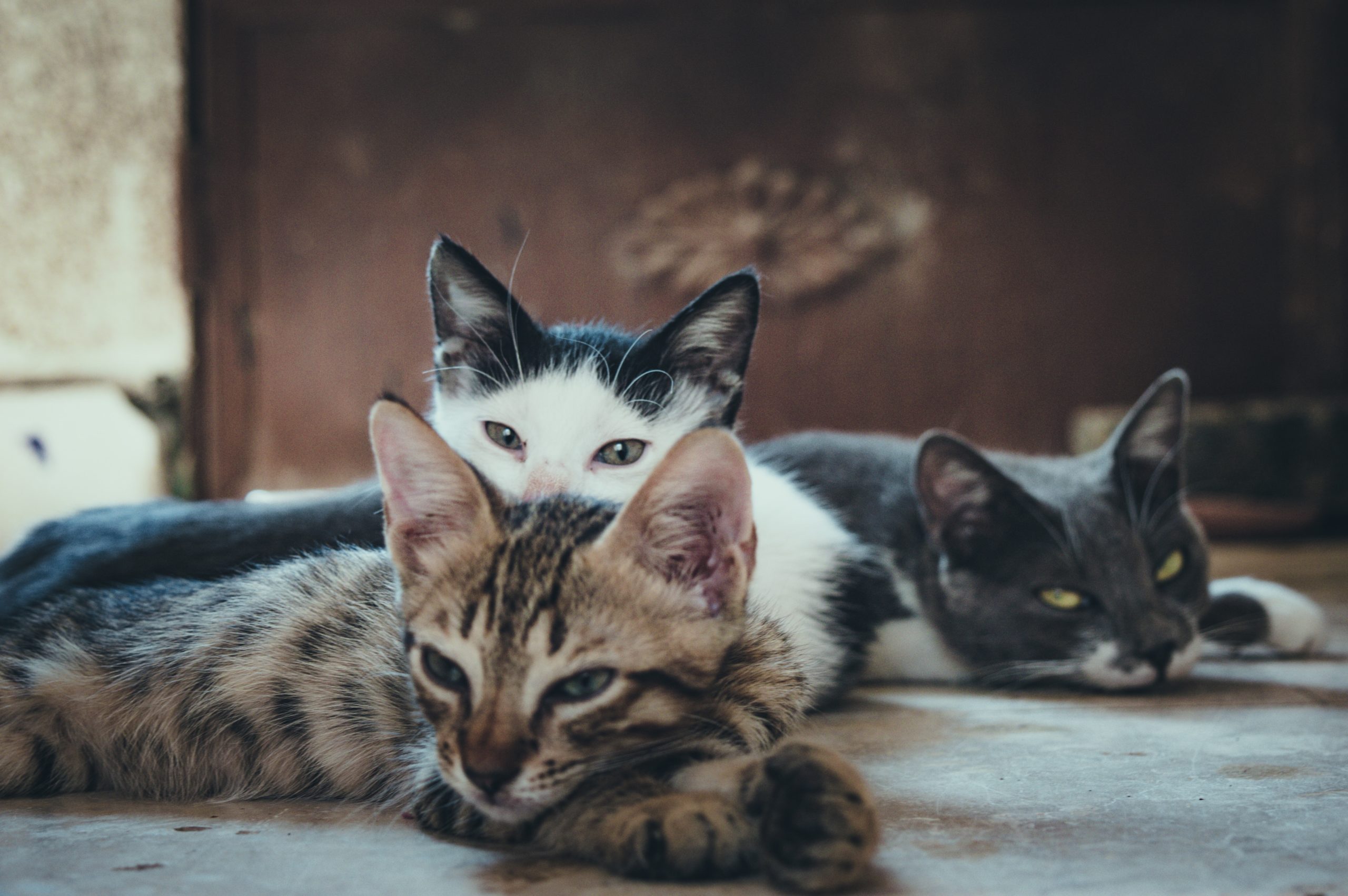Chronic kidney disease (CKD) is a major cause of serious illness and death in dogs and cats.
Kidney failure occurs when over 75% of the cells in the kidneys, or nephrons, cease to function. This can happen quickly (acutely), often as a result of toxins. When the loss of nephrons occurs gradually over a period of weeks to years, it is referred to as chronic kidney disease.
CKD can be progressive, which means that the condition worsens over time. However, not all cases of CKD are progressive and in many patients with progressive CKD, renal function declines slowly over several years.
What are the causes of chronic kidney disease?
There are many different causes of CKD, but by the time your pet shows signs of kidney disease the cause may no longer be apparent. Often the cause remains unknown. Some potential causes of CKD include:
- congenital malformation of the kidneys (birth defects)
- chronic bacterial infection of the kidneys (pyelonephritis), with or without kidney stones
- high blood pressure (hypertension)
- diseases associated with the immune system, e.g. glomerulonephritis or systemic lupus
- acute conditions that damage the kidneys, e.g. antifreeze poisoning, can eventually lead to CKD
What are the signs of chronic kidney disease?
Since one of the main functions of the kidneys is to regulate water balance in the body, as the kidneys decrease in function, excess water is excreted from the body. The animal can compensate for this by drinking more water to prevent dehydration, so excessive thirst is commonly noted as an early sign of CKD. Gradual weight loss is common.
The signs of chronic renal failure are usually non-specific, and include:
- loss of appetite
- weight loss
- vomiting
- depression
- diarrhoea
- dehydration
- ulcers can form in the mouth that leads to halitosis, and a painful mouth.
How is chronic kidney disease diagnosed?
Your vet may suspect CKD when they see a history of excessive thirst and weight loss in an older cat or dog. Physical examination may reveal dehydration and small, irregular kidneys. Your vet will perform blood tests to measure levels of specific substances in the blood, especially BUN (blood urea nitrogen) and creatinine, as well as electrolytes and red and white blood cells.
A urinalysis is important for detecting abnormalities in your pet’s ability to concentrate its urine. If your pet is dehydrated, they should have concentrated urine as the kidneys attempt to conserve water in the body, but in CKD the urine is inappropriately dilute. Protein in the urine is also measured and any sediment is examined.
However, kidney enzymes only become elevated once significant kidney damage has occurred. A test is available which can detect very small amounts of albumin in the urine, which can indicate damage associated with renal failure and/or other underlying conditions. This test will provide an early diagnosis of kidney damage long before BUN and creatinine become elevated.
A kidney biopsy is not required to make a diagnosis of CKD, but the results of a biopsy may help to determine the cause of the disease. Radiographs (X-rays) may be carried out to evaluate the lower urinary tract and can identify abnormalities, such as stones in the ureters, that may otherwise go unnoticed but do have a crucial impact on renal function. An ultrasound may also provide information on your pet’s internal kidney structures.
Is chronic kidney disease treatable?
Unfortunately, it is usually not possible for renal function to improve in cats and dogs with CKD, since the nephrons are irreversibly damaged. Treatment is aimed at reducing the workload on the kidneys and therefore reducing the signs associated with the disorder, as well as slowing the progression of the problem. The success of treatment will depend on the number of functioning nephrons remaining, and this cannot be predicted.
The severity of chronic kidney disease (CKD) can be estimated based on blood waste product elevation and abnormalities in the urine, such as the presence of protein. The International Renal Interest Society (IRIS) has developed a method to estimate the stages of CKD. The stages are numbered 1 through 4, where 1 is the least severe and 4 is the most severe. Higher stage numbers generally correspond to a greater number of symptoms seen in the pet. Some treatments and monitoring are recommended to be started when the pet has a certain stage or substage of CKD.
What treatment is available for chronic kidney disease?
Fluid therapy is the cornerstone of treatment for dehydration. Fluids given intravenously in hospital also allow for other changes detected on blood tests to be corrected, such as potassium losses or excessive phosphorus. High blood pressure can occur with renal failure, and drugs may be required to address this problem. Vomiting may also need to be treated.
Since many of the clinical signs related to CKD are associated with the accumulation of toxic protein catabolites and failure to excrete phosphorus, your vet may suggest modifications to your pet’s nutrition focusing on the phosphorus and protein contents of their diet.
Studies show that dietary phosphorus and protein restriction can slow the progression of renal failure and therefore lengthen survival time in cats. Current recommendations are that all cats with high urea, creatinine and phosphorus (that persist following rehydration) should be fed diets which are restricted in phosphorus and moderately restricted in protein, even when they are not showing signs of illness.
The specific protein requirements of cats in CKD have not been established, but it is likely that they may be quite similar or even higher than those of the healthy animal. There are, however, potential problems with excessive protein restriction, which can result in protein malnutrition. It is important, therefore, that high quality protein sources are used in the formulation of restricted protein diets to minimise the risks of essential amino acid deficiency.
Commercial kidney prescription (renal) diets are recommended for both cats and dogs. Your pet is more likely to accept a new diet when it is introduced gradually and it is less stressful to the kidneys to gradually adapt to changes in the diet. If your pet is not eating well, warming the food a little or mixing in some warm water may help entice it to eat.
Some cats and dogs with kidney disease may not drink enough to prevent becoming dehydrated and may benefit from the administration of intermittent subcutaneous fluids at home. Your vet will instruct you on how to do this if necessary.
How is my pet with CKD monitored?
Regular check-ups (3 monthly) are recommended to monitor your pet’s body weight and ascertain their general wellbeing. Blood and urine tests administered by your vet will monitor whether your pet is responding well to treatment, or if the disorder is progressing.
It is difficult to predict how an individual animal will respond – some pets with CKD can maintain their condition for years, whereas for others, the low level of remaining kidney function means that a return to health is not possible. As a general rule, once your pet loses his or her appetite despite treatment, it is time to consider that he or she be put to sleep.




